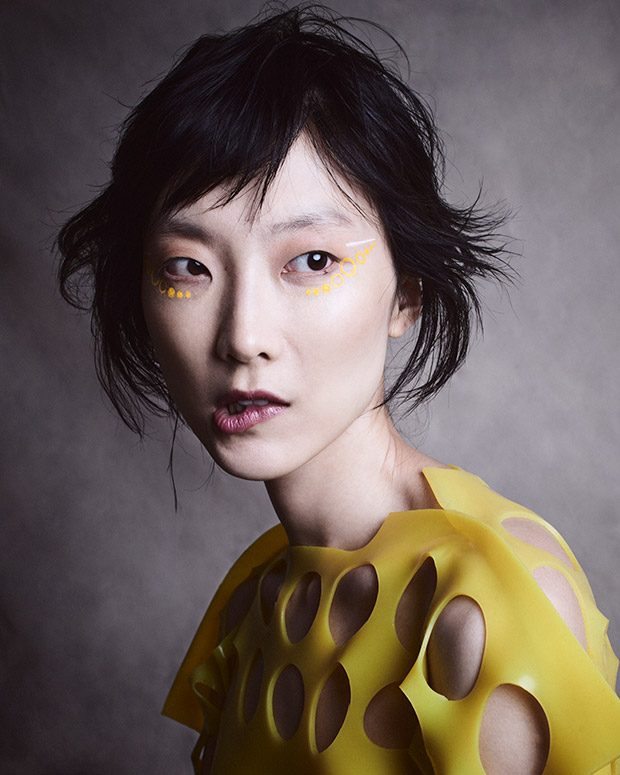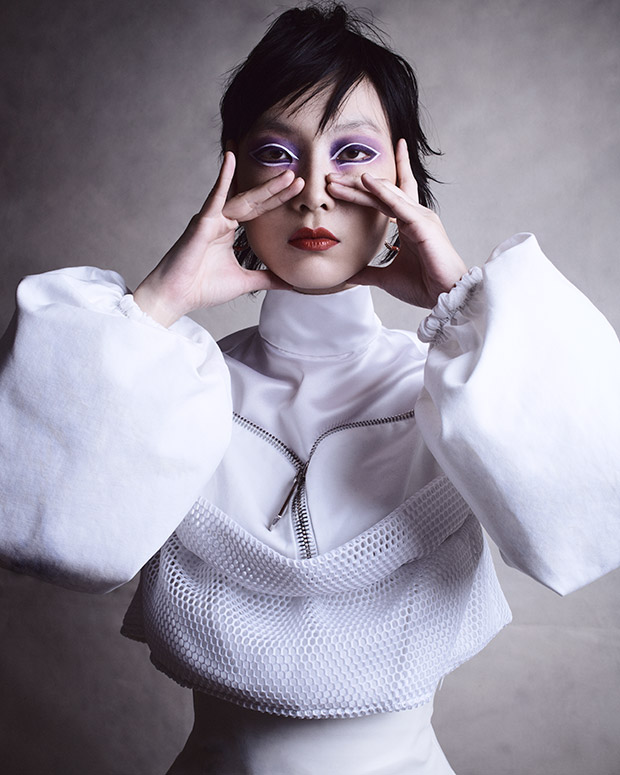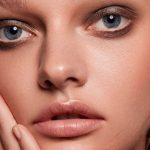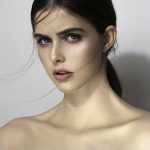
For most photographers, lighting is what they spend most of their time on, whether you’re at a photoshoot location for hire, or just in your home studio. But what about the type of studio lighting? Studio lights are any form of lighting equipment used by photographers that you’d find in a photography studio for hire in London, for example. Great lighting helps to complement photographers’ work, professional photographers typically have a variety of light kits for every scenario they find themselves in.
There are a lot of options out there and it’s not always easy to choose what will work best for you, especially if you are spending time & money on a photoshoot location for hire. In this article, we’ll go over what different types of lights have to offer, so that you can find what works best for your needs!
What is studio lighting photography
Lighting is critical in both still and video photography, and studio photography gives photographers the chance to experiment with and alter light in a controlled environment. Studio lighting may be utilized to produce a wide range of sorts of photographs, usually done indoors. Studio lighting has endless options, from portraits and product shots to more intriguing art and fashion photography
The main distinction between studio and location shooting is that the studio photographer may manage every aspect of the photoshoot, including backdrops, props, and the subject. Studio lights come in a variety of shapes, sizes, and styles that may be used to make beautiful pictures in a variety of ways. Continuous lighting, studio flash, strobes, and flash rings are just a few examples of studio lights.
The first consideration is the many sorts of lights available. There are several types of studio strobe lights and continuous light that you should know about before deciding what would be ideal for your requirements!

What are a few Types of studio lights?
Key Light
The key light is the one you’ll want to use if you could only utilize one artificial lighting source. This is the “main” light in a multi-light source setup, even if it’s with many lights. The key light is used for putting your subject’s face under continual illumination. Any additional lights used will supplement the work done by the key light. Your subject is generally illuminated from one side and directed straight at by this light.
Fill Light
The fill light is a combination of the key and main lights. The shadows created by the main light are brightened with this fill light. The reflector, on the other hand, is used to create a halo of light around your subject that highlights their features. The fill light may be as bright as or brighter than the key light, depending on the situation and what you want to emphasize in your shot. To add dimension to a shot, use a little bit of shadow on your
Hair Light / Separation Light / Kicker
A key feature of this light is that it can be adjusted to provide bright or soft illumination, which might be good for both people and non-people. This light is designed to highlight a tiny portion of your subject, such as the hair. The beam of light is narrow in order not to illuminate a large portion of your subject.
The farther away the hair light is from your subject, the narrower the highlight will be. So if you want your light to illuminate a somewhat larger space, move it further away from your subject. Set the main light as high as or higher than your key light. This light is intended to assist your subject stand out from the background and, potentially, draw attention to a specific region of the photograph.
Background light
Background lights are also used in tandem with key lights. When there are so many lights on your subjects, the background can sometimes be too dark. Here’s where a background light comes in handy. Background lights may also assist you in eliminating shadows cast on your backdrop by your subject. This light is generally dimmer than or equal to the main light’s
Camera Mounted Flash
Okay, so not always is a camera-mounted flash like continuous studio lighting., but I’m sure some photographers must use it in their studios. Because flash is classified as artificial light, I’ll discuss it here as one of your lighting alternatives. A camera-mounted flash is handy since it’s far more compact than big light stands.
A large percentage of the lighting equipment on the market, over half, in fact, is made specifically for outdoor use. This implies you may readily and somewhat covertly move about and within crowds at concerts, wedding parties, and other gatherings. You can also change the direction in which the flash is fired with ease.
The light can be diffused by bouncing it off the ceiling. A flash diffuser may be used to soften the effect of the ceiling being too high to bounce the light back down.
Flash diffusers, which are translucent plastic domes or reflective flat cards that provide a soft glow, are used to soften the light.
Flash is also frequently used as a fill light, set at a low enough strength so it just brightens the shadows without overpowering your fantastic photographs.
In conclusion to this
This is not, and will never be, a comprehensive list of studio lighting equipment. It should, however, serve as a good starting point for those interested in getting into the world of studio photography.
In this blog post, we discussed the difference between a studio and an on-location photography session. We also went over what types of light are used in both professional studio lighting photos and how to choose the type that is right for you.
Images from Yao Shiau by Evan Lee & Alexander Garcia for DESIGN SCENE – See the full story here.



